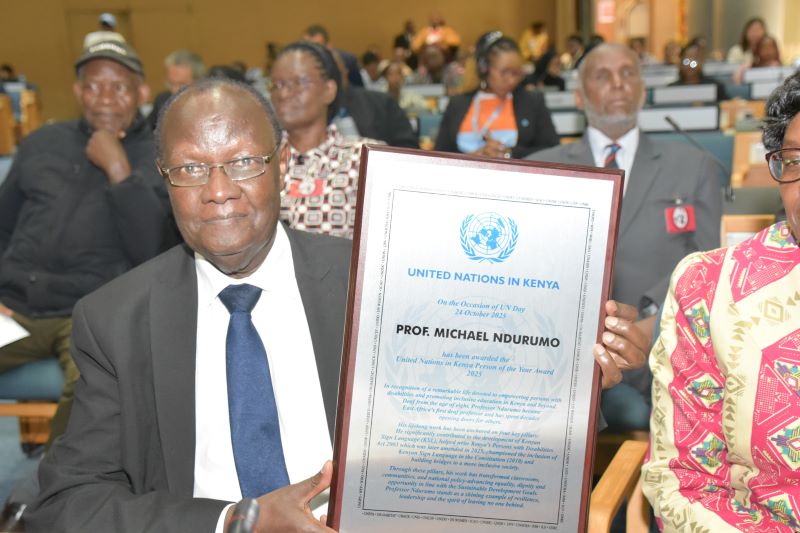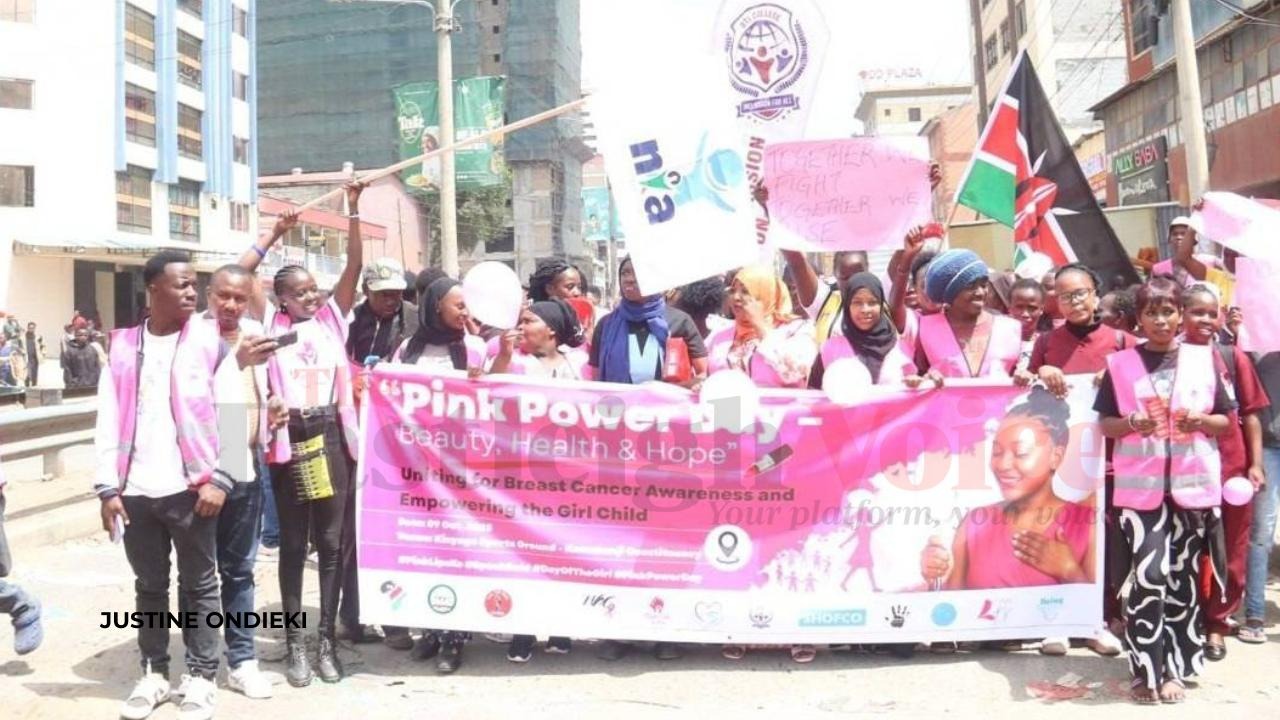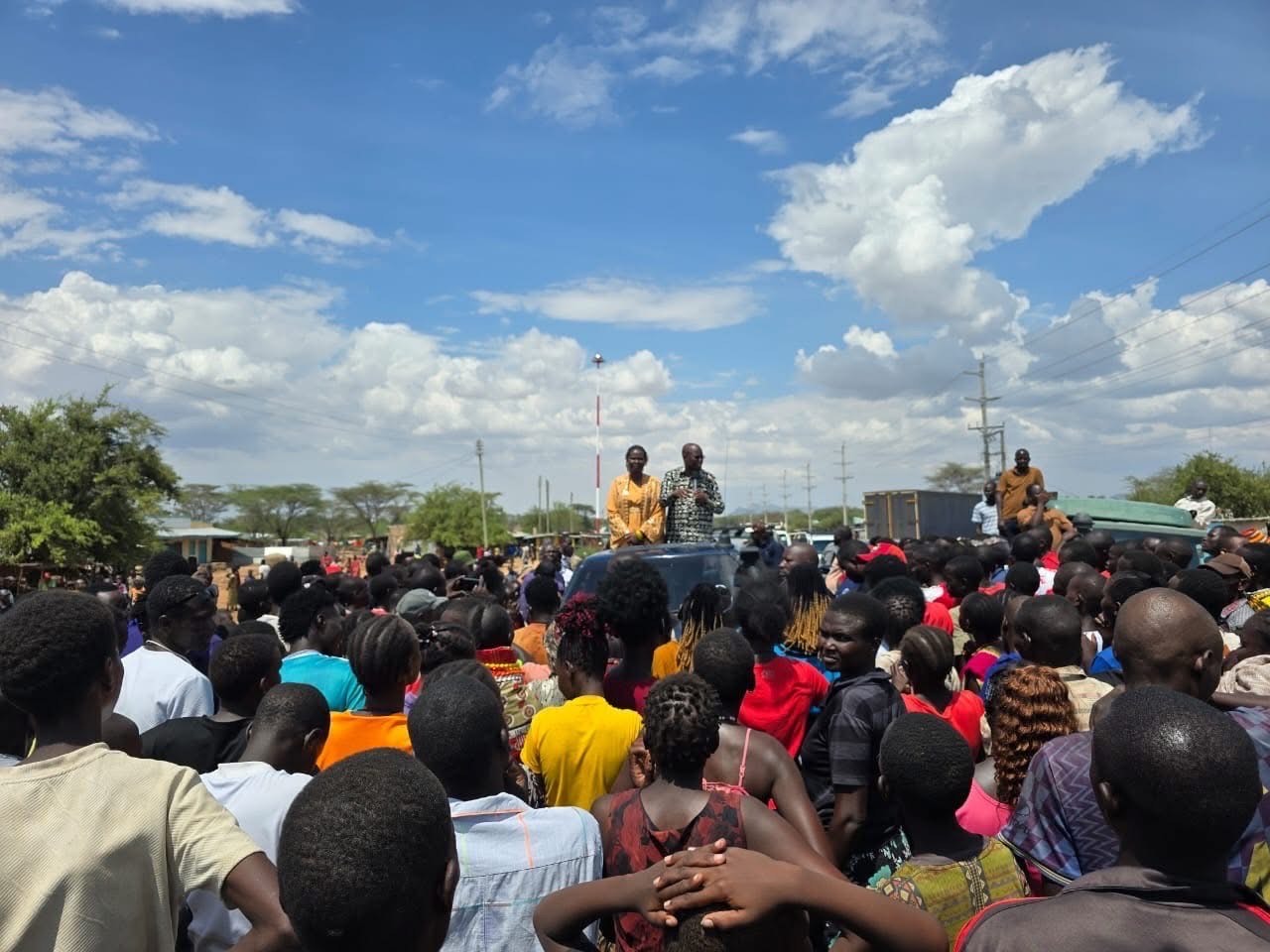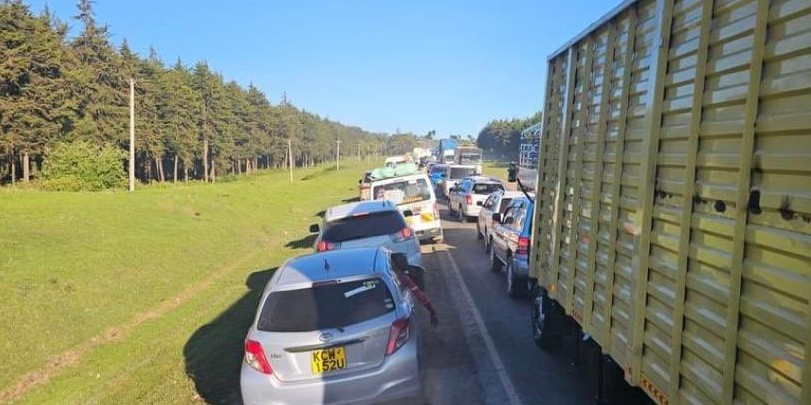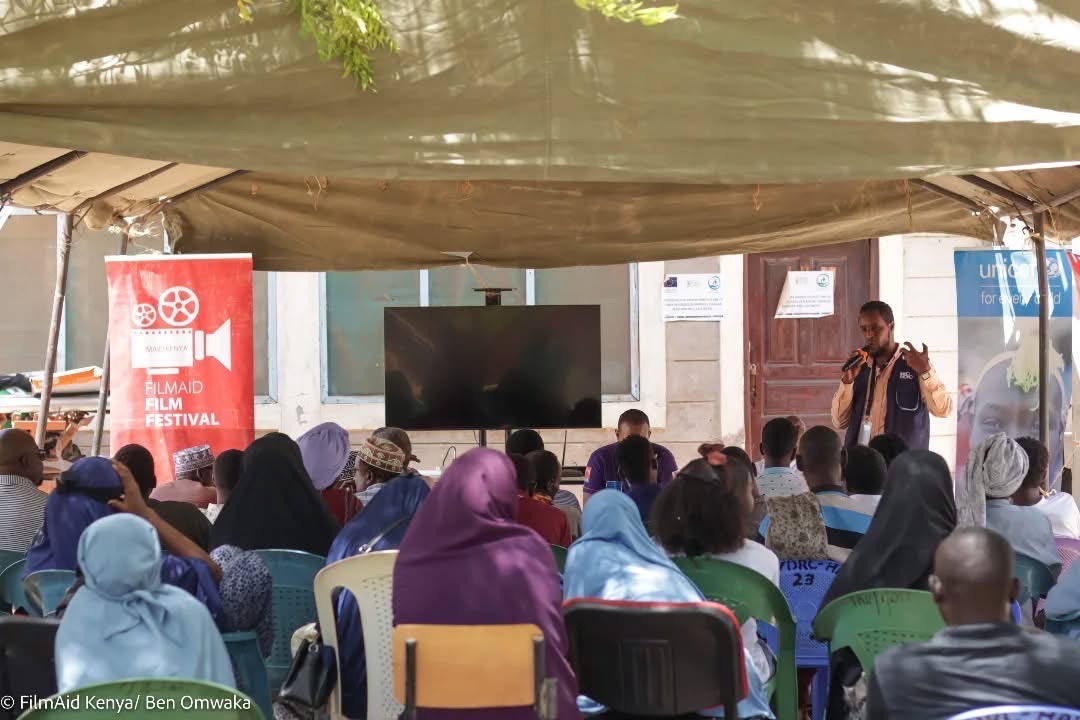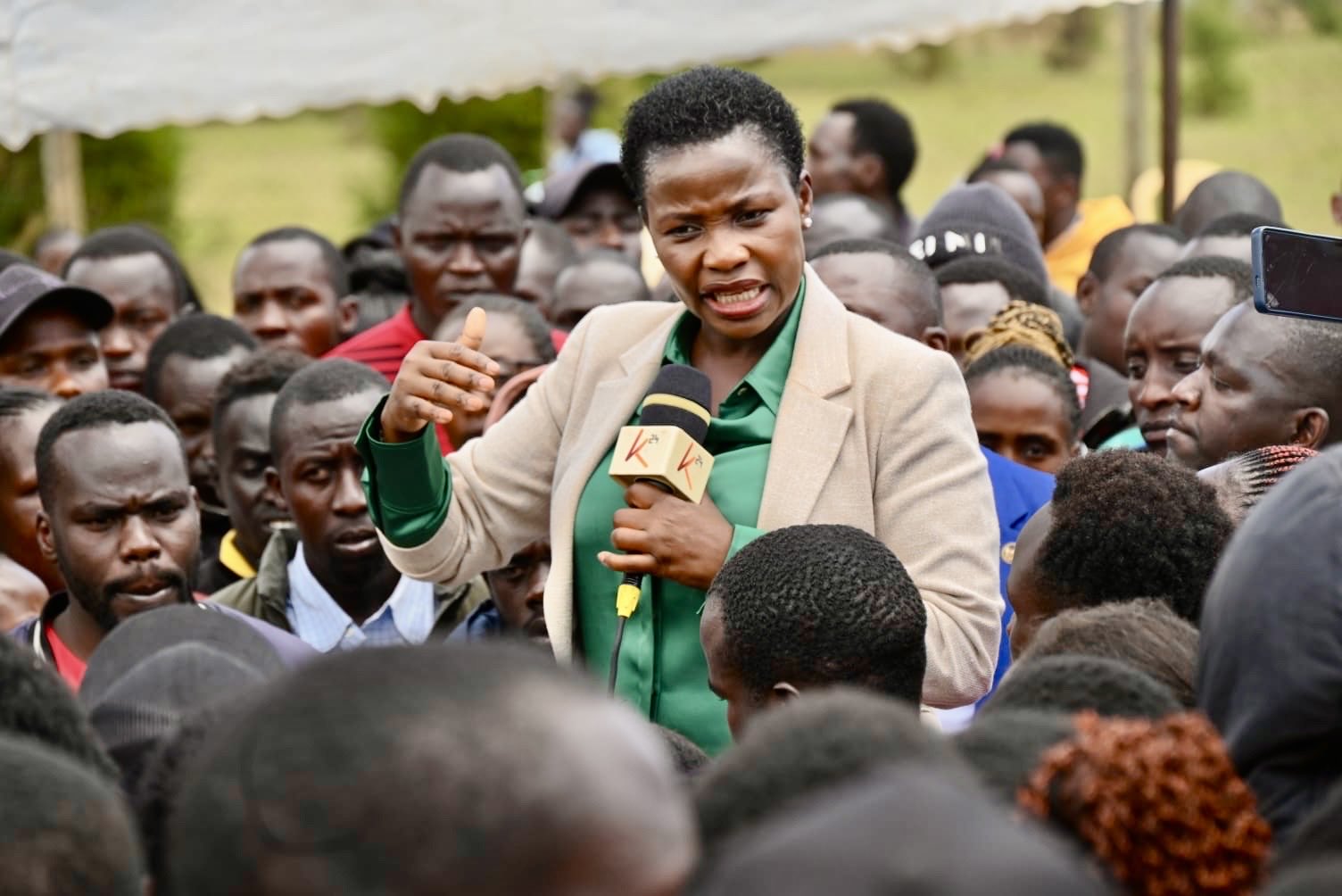Displaced and disappointed: Flood victims face empty shelters, government inaction in camps
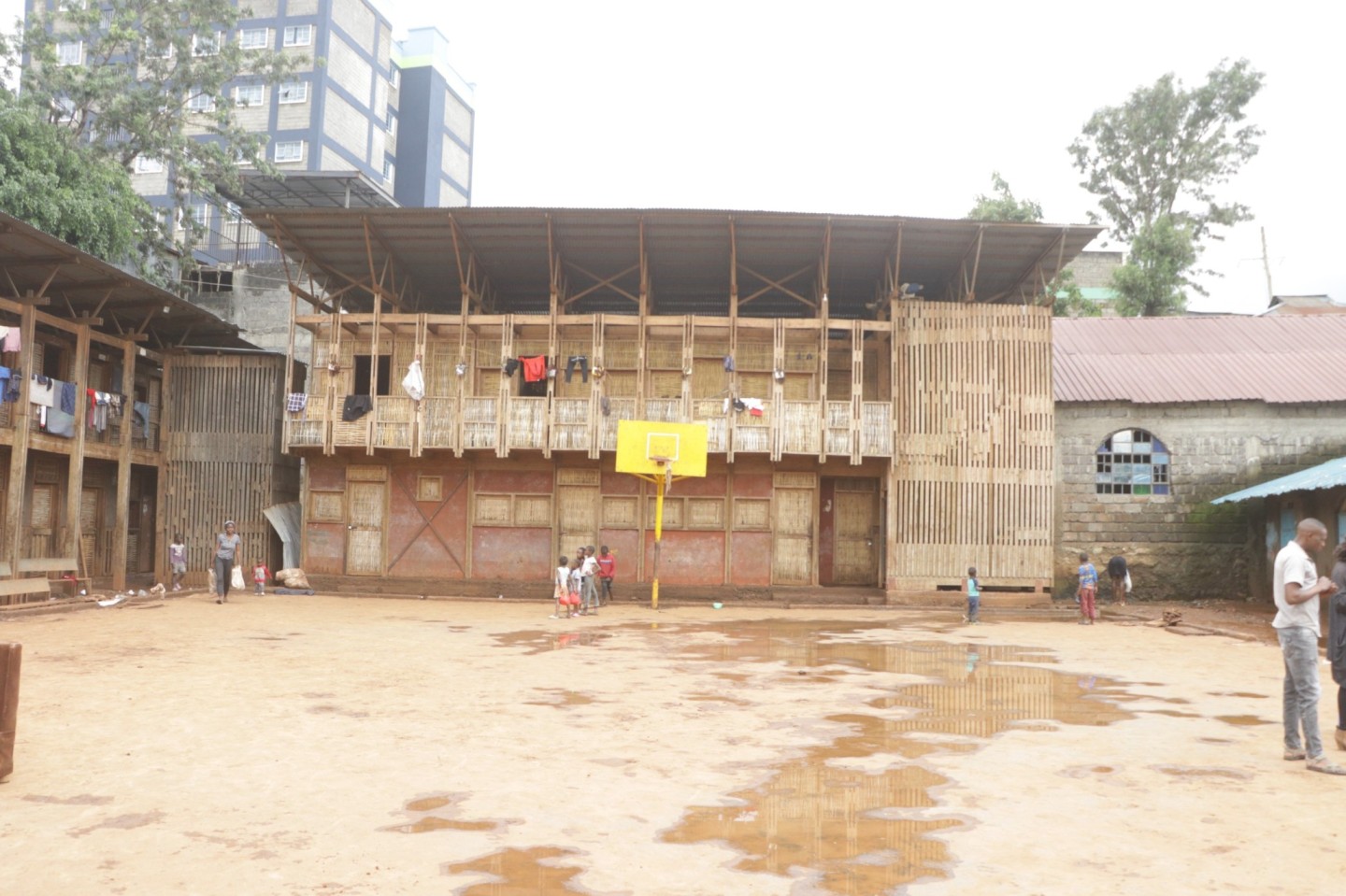
They are calling for improved coordination by various agencies and rapid assistance as they face the dire realities of displacement and uncertainty
Last week, the government ordered the evacuation of people residing in flood-prone areas due to the ongoing flooding across the country.
Interior Cabinet Secretary Kithure Kindiki issued the directive on May 2, aimed at people residing in areas prone to landslides and mudslides and those who live near 178 public and private dams that are close or at full capacity.
More To Read
- Floods-affected schools in Nairobi slums still await government aid months later
- Businesses feel the brunt as flood compensation claims reach Sh3.1 billion
- Threat of waterborne diseases rises as raging floods cause crisis
- Mathare residents slam police over river body retrieval
- Floods death toll rise to 291 as 107 cholera cases reported countrywide
- Kenya's floods calamity: Death toll rises to 289 after 12 more reported
To aid the affected families, the government established at least 138 camps in 18 counties to help shelter the displaced victims.
Kindiki said the camps hosted 62,061 persons from 14,771 households as of May 3.
In light of these developments, The Eastleigh Voice visited several of these camps to investigate the conditions of those affected.
As per the government's list of camps, the Kayole Social Hall, located along Kwa DO Road in Nairobi, was among the shelters, accommodating 260 individuals from 52 households as of May 3.
However, by May 5, the hall was eerily empty, devoid of any occupants.
Kayole South MCA Collins Ogenga, whose office is located in the hall, confirmed that no flood victims had sought refuge there since the evacuation order was given.
“We haven't received anyone affected by the floods. Frankly, I wasn't even aware that victims were supposed to seek shelter here,” he said.
Ogenga further clarified that Kayole had not recorded any flood-affected individuals seeking sanctuary.
In Kitui village, located in Kamukunji’s Pumwani Ward, a similar perplexing scene unfolded, within an empty classroom, devoid of bedding or other essentials.
Residents have been left bewildered after the government designated Malezi Primary School as a rescue centre in anticipation of the potential floods.
According to the government, the school was expected to accommodate 138 individuals from 27 households.
But it stood empty, with no flood-affected individuals seeking refuge there.
In a phone interview with The Eastleigh Voice Malezi Primary School Director Grace Kavoi confirmed that no one had sought refuge there.
“We have not received any communication regarding the school being listed as a rescue centre or received any essentials regarding the matter,” she said.
Residents unable to secure housing on higher grounds opted to return to their homes despite the looming threat of floods.
Kavoi observed that most people only take safety in schools after the floods occur.
Speaking to The Eastleigh Voice, Dafne Ikkunda, a mother of a two-year-old baby who is facing housing challenges, said she is stranded in her old house, completely unaware of the existence of the Malezi rescue centre.
“So far, we've only given out our names and signalled for help. But we haven't received any communication yet,” she said.
Kilonzo Nzuki, the chairperson of Kitui village, also said he was not aware of any designated rescue centre.
“As of now, I am not aware of any rescue centre and I have not received any communication regarding the procedure,” he said.
Despite the absence of formal directives, Malezi Primary School has historically welcomed flood-affected people.
Kavoi recalled instances where individuals sought shelter within the school during flood emergencies. However, she emphasised that such actions were driven by the community's goodwill rather than official mandates.
“The school is usually open at night during floods, and we open the doors to the community. They sleep on the desks because we don't have any bedding,” said a security guard at Malezi Primary School.
Elsewhere, in Mathare sub-county, residents affected by the government's evacuation order found themselves in a troubling predicament as they relocated to designated shelters.
Why Not Primary School and Happy Star Primary School were among the centres designated by the government to house displaced people from Mathare.
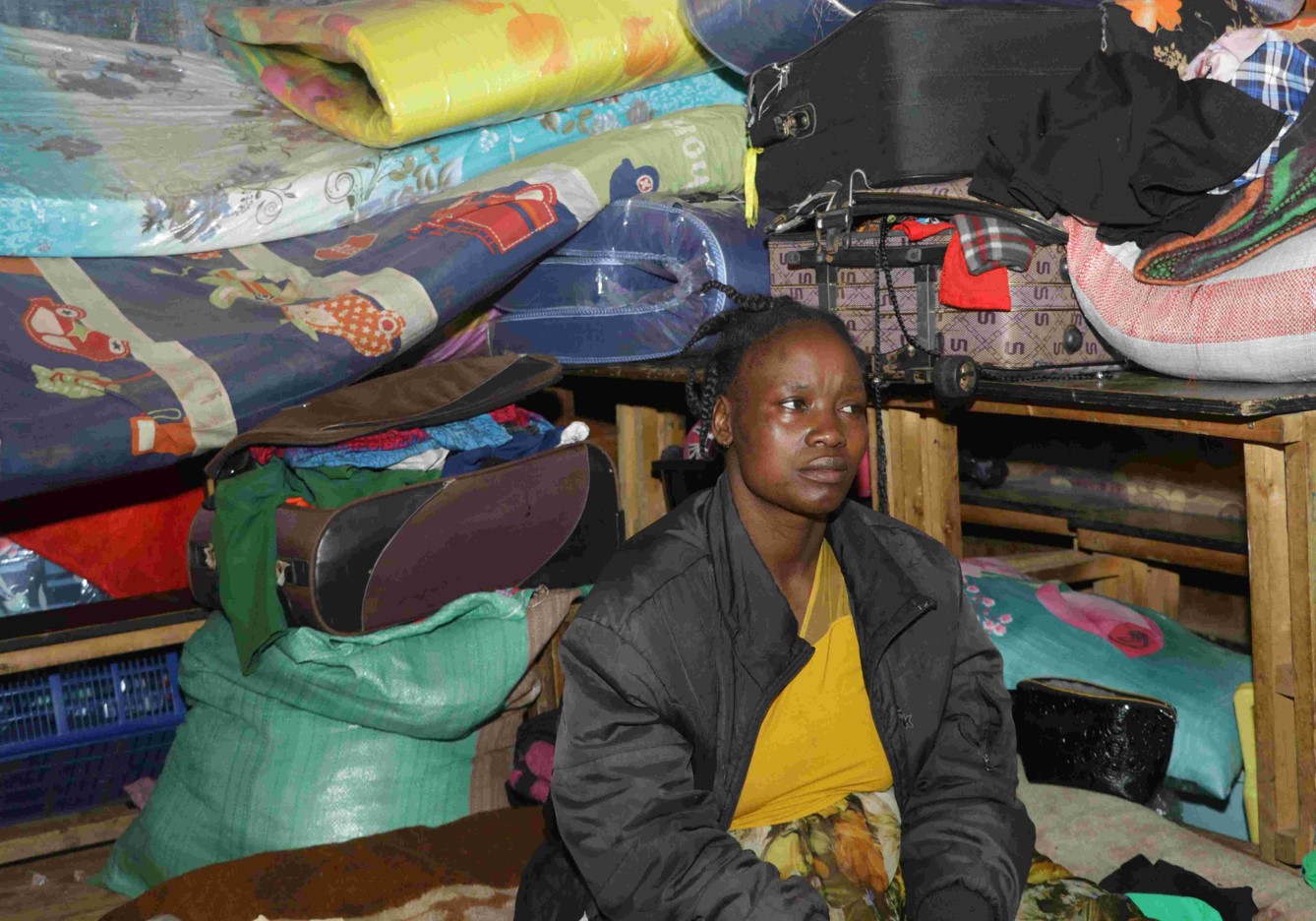 Phyllis Awinja one of the flood-affected victims, sitting on a mattress at Why Not Camp in Mathare Mashimoni Mabatini ward on May 8. Photo by Justine Ondieki.
Phyllis Awinja one of the flood-affected victims, sitting on a mattress at Why Not Camp in Mathare Mashimoni Mabatini ward on May 8. Photo by Justine Ondieki.
However, during our visit, The Eastleigh Voice discovered that these centres were located within the 30-meter zone that the government had ordered evacuated.
Augustine Mulama, a resident of Mathare taking refuge at Why Not Primary School, expressed his concerns about the effectiveness of the government's actions.
“We have been brought from one flooded place to another. This school is made of mud that dissolves in water and wood that lets water seep through. It's not helping us since we are still at risk. The government should find another way to help us because if the rains come again, this place will become worse,” Mulama explained.
At the TJ Kajwang Multipurpose Hall in Mathare North Primary School, only a few mattresses and bags filled with clothes belonging to the families displaced by floods could be seen.
Most occupants, mostly women, said the mattresses were donated after many of their household items were lost to the floodwaters.
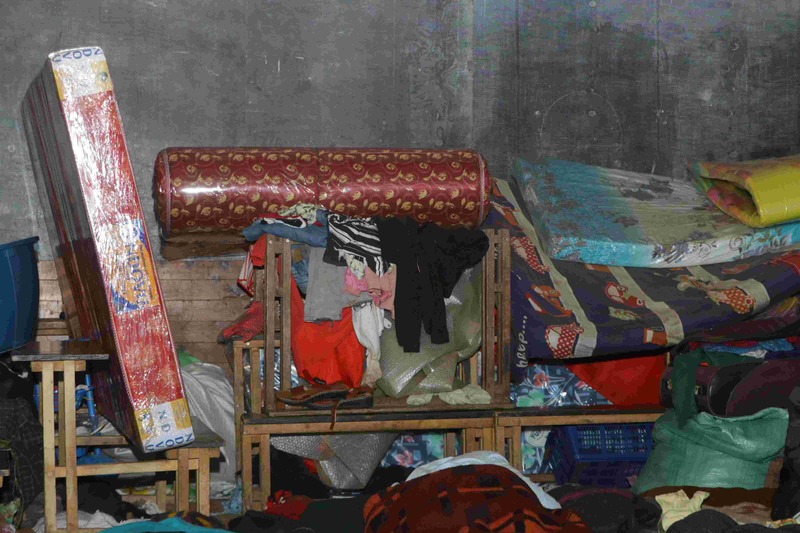 Mashimoni camp in Mathare
Mashimoni camp in Mathare
They said they survive on a single meal daily, provided by the Dishi na County programme.
Bernice Shiundu, a flood victim, said the meal was insufficient as most children spent their days playing, with their books having been destroyed by the floods.
Beatrice Aloo said her small business was destroyed by the rains which rendered her homeless and without a source of income.
Even worse, her 16-month-old child was unwell and needed medical assistance.
“As a mama mboga, my wooden stall was washed away by the rains and I cannot go to the market to get produce as the little money I had has gone to buying medicine for my sick child,” she said.
Fanice Auma urged both the county and national governments to provide updates and guidance on their situation.
“Since we arrived here, we haven't seen any leader come to update us about our circumstances. We don't know what comes next,” she said.
At Drive-in Primary School in Mathare North, Ruaraka Constituency, more than 44 people were taking refuge there following the destruction of their houses by the ongoing flooding.
When The Eastleigh Voice visited the school on May 7, the victims said they lacked essentials like blankets, mattresses and mosquito nets.
Rose Atieno, 28, and mother of three appealed for assistance to begin their lives afresh as almost all their houses were swept by floods.
"We will be grateful if someone comes to our aid by assisting us to rent new houses and get a few supplies,” said Atieno.
Most people housed in the classrooms are from the Dumpsite Area of Mathare North, which suffered the devastating effects of the unrelenting flooding.
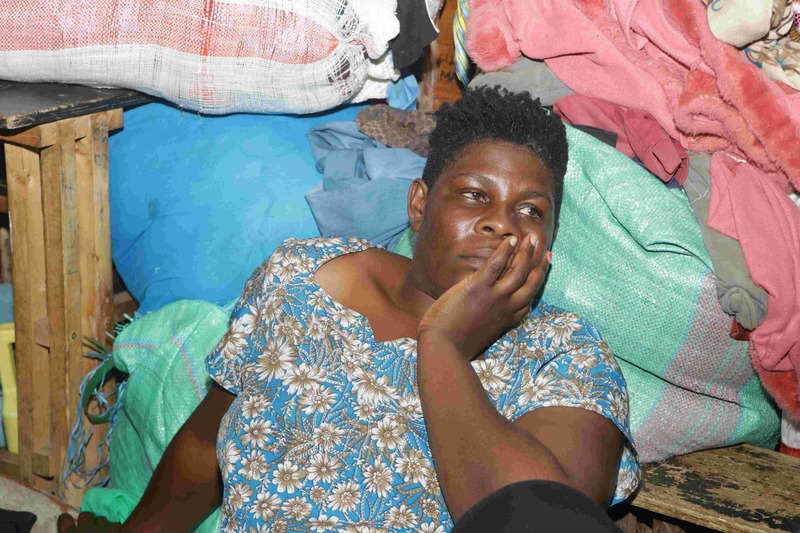 Risper Litanga, one of the people evicted from Mathare Mashimoni riparian land and who has been camping at Why Not Primary School ponders her next move as schools are set to reopen on May 13, 2024. Photo by Justine Ondieki.
Risper Litanga, one of the people evicted from Mathare Mashimoni riparian land and who has been camping at Why Not Primary School ponders her next move as schools are set to reopen on May 13, 2024. Photo by Justine Ondieki.
The victims have asked the government and well-wishers like World Vision, who have assisted them with food and sanitary supplies, to continue helping them until they leave the school, which they now call home.
At Mathare Vocational Training Centre, one of the camps holding victims of flooding in the vast informal settlement for the last two weeks, children played in the compound as women cleaned their clothes and engaged in other activities.
Happy Alphonse, the founder of Mathare Peace Initiative, a community-based organisation based at the institution, said that most of the victims had left the compound in search of alternative settlements.
“Those who left have nowhere to go and will have to put up with the students as the schools reopen,” he said.
Alphonse explained that most of those who moved have had to plead for leniency from landlords to be accommodated in rental houses without paying the initial deposit as they await the promised Sh10,000 from the government.
“We have had a total of 300 people but, currently, the number has reduced to around 150 because most have moved. We encouraged them to seek alternative shelter because where people have crowded like this, there’s no dignity,” he said, adding that the sharing of sanitary facilities was a major challenge for both grownups and children.
The victims hope to pick up the pieces from the little stock they salvaged when fleeing the floods.
“Most are small-scale traders, hawkers and jua kali artisans whose businesses, stock and savings were affected by the rains. Those that salvaged a little are trying to get back to work but those who hawked shoes, clothes and so forth lost them to the floods,” Alphonse said.
On Monday President William Ruto promised support to 40,000 families affected by floods in Nairobi. He said each household would get Sh10,000, which would be disbursed for three months as the government seeks alternative locations for them.
However, he did not specify when the funds distribution will begin.
The victims have also been getting food from Nairobi’s Dishi na County feeding programme which targets schools. But no food was distributed on Sunday and Monday.
“To bridge the gap, we prepare tea for them from our pockets,” Alphonse said.
He said they are facing a challenge getting money to buy cooking gas.
In Huruma, flood victims who had been temporarily sheltered in local schools and churches were relocated to makeshift camps on Monday night, a move that has reportedly worsened their already precarious situation.
The transfer, executed under the cover of darkness and described by many as haphazard, left hundreds of displaced residents struggling with inadequate living conditions.
Alice Aiti, an administrator at one of the camps, described the relocation as a poorly organised activity.
“The victims were moved to the tents late at night without prior planning. They had not eaten and were exhausted,” she said.
She noted that the condition of the camps set up by the government and managed by the Kenya Red Cross Society poses serious health concerns.
“The tents are dirty and muddy. The mattresses will get dirty from the wet floor every night, which is far from ideal for anyone, let alone those already dealing with the stress of displacement,” Aiti said.
The hygiene situation at the camps is also wanting, with fears of a possible outbreak of waterborne diseases like cholera.
“There are traces of faeces and urine all over the place, threatening to worsen the situation even more,” Aiti said.
In Garissa County, most of the flood victims being hosted in various schools are living in extreme situations.
While some have built temporary shelters within the school compounds, when it rains, others rush to classrooms.
Residents said they give room to children and pregnant women in the classrooms after it rains.
At Jaribu Primary School, about ten mattresses were spread outside to dry after being rained on.
Some of the flood victims were also forced to build new structures after their tents were blown away by the winds that accompanied the heavy rains.
The camps, which are crowded, lack enough toilets, forcing some people to relieve themselves in the open.
Children could be seen swimming in the floodwaters, unaware of the dangers they were exposing themselves to.
The severe water shortage currently being experienced in Garissa town has also hit hard the flood victims.
People affected by the flooding have appealed to the government to ensure improved coordination in assisting them.
With the reopening of schools set for Monday, May 13, many of the flood victims will have to look for alternative shelter as learning resumes.
Reporting by Lucy Mumbi, Maureen Kinyanjui, Barrack Oduor, Charity Kilei, Mary Wambui, Hanifa Adan, Amina Bonaya, Abdimalik Hajir
Top Stories Today
